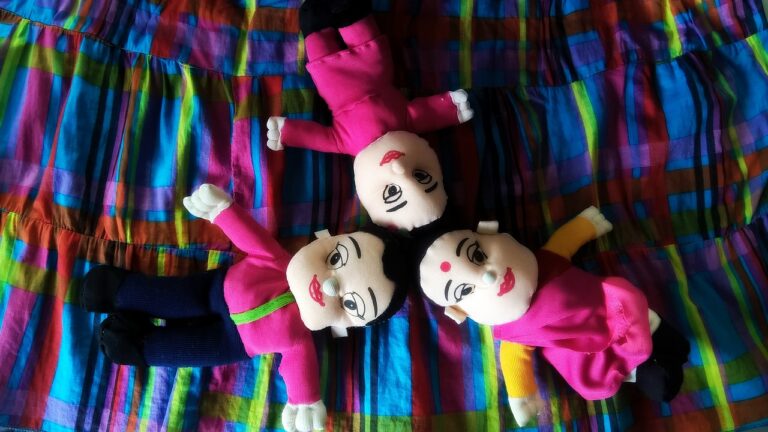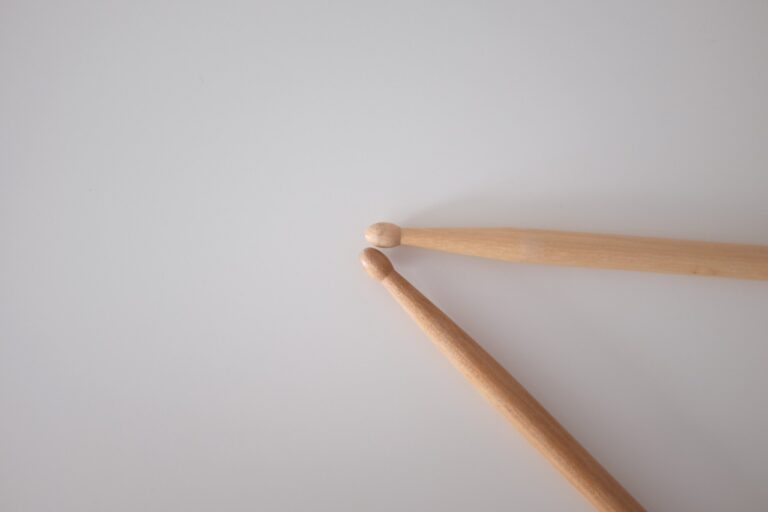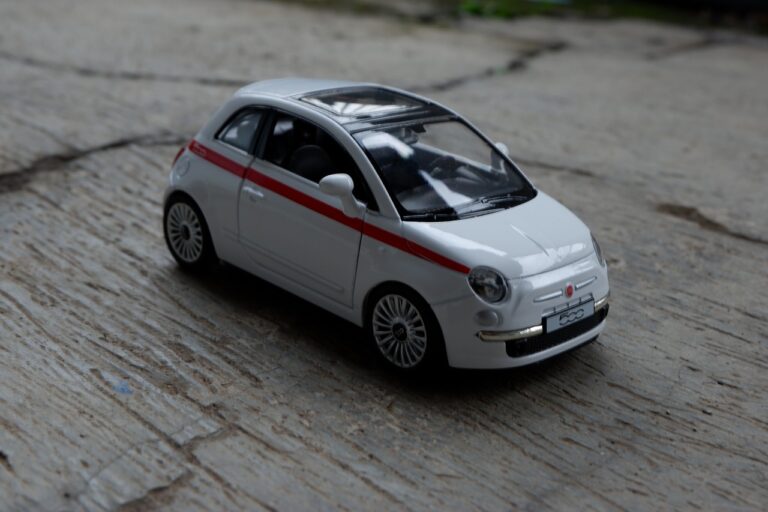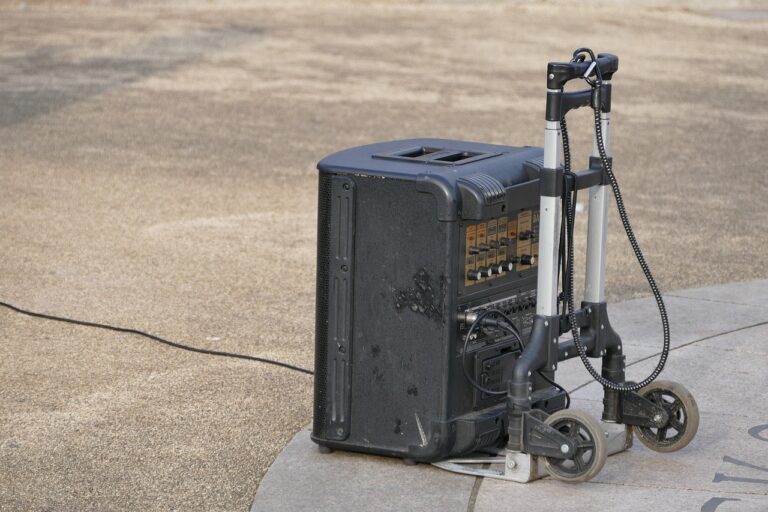Costuming for Dance Performances: Balancing Movement and Style: 99 exchange login password, Laser 247 sign up, Yolo 247
99 exchange login password, laser 247 sign up, yolo 247: Costuming for Dance Performances: Balancing Movement and Style
Dance performances are a beautiful blend of artistry, technique, and expression. Each movement tells a story, conveys emotion, and captivates the audience. And while the choreography and music are integral parts of a dance performance, the costumes worn by the dancers play a significant role in bringing the performance to life. When it comes to costuming for dance performances, striking the perfect balance between movement and style is key.
Choosing the right costumes for a dance performance involves careful consideration of the choreography, theme, venue, and overall vision of the performance. A well-designed costume can enhance the dancers’ movements, highlight their technique, and bring the choreography to life. However, it is essential to remember that dance is a physically demanding art form, and costumes must allow for freedom of movement while still looking visually stunning.
Here are some key considerations when it comes to costuming for dance performances:
1. Movement-Friendly Fabrics: Opt for fabrics that are stretchy, breathable, and lightweight to allow for ease of movement. Fabrics like lycra, spandex, and mesh are popular choices for dance costumes as they provide flexibility and comfort for the dancers.
2. Durability: Dance costumes need to withstand rigorous rehearsals and performances. Choose durable fabrics and construction techniques to ensure that the costumes hold up throughout the entire performance season.
3. Visual Impact: Costumes should enhance the overall visual impact of the performance. Consider color, texture, and design elements that complement the choreography and set the mood for the performance.
4. Theme and Style: Costumes should align with the theme and style of the performance. Whether it’s a classical ballet, contemporary piece, or jazz number, the costumes should reflect the mood and aesthetic of the dance.
5. Accessories: Accessories can add an extra layer of visual interest to dance costumes. From hairpieces and jewelry to props and footwear, choose accessories that enhance the overall look without hindering movement.
6. Comfort: Dancers must feel comfortable and confident in their costumes to perform at their best. Ensure that costumes fit properly, do not restrict movement, and are comfortable to wear for long periods.
7. Reusability: Consider the reusability of costumes for future performances. Opt for versatile designs that can be easily modified or repurposed for different dances.
Finding the perfect balance between movement and style when costuming for dance performances requires a keen eye for detail, creativity, and collaboration between choreographers, costume designers, and dancers. By prioritizing comfort, functionality, and visual impact, dancers can shine on stage and bring their performances to life through stunning costuming.
FAQs:
1. How can I ensure that dance costumes fit properly?
Proper fittings and measurements are crucial to ensuring that dance costumes fit well. Work with a professional costume designer or seamstress to tailor costumes to each dancer’s unique measurements.
2. What should I consider when choosing colors for dance costumes?
Colors should complement the overall theme and mood of the performance. Consider how different colors will look under stage lights and how they will enhance the dancers’ movements.
3. Can dance costumes be reused for different performances?
Yes, with proper care and maintenance, dance costumes can be reused for different performances. Consider investing in versatile designs that can be easily modified or repurposed for future dances.







